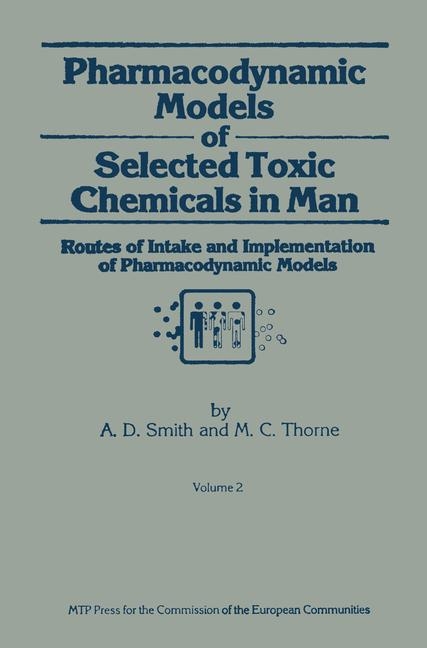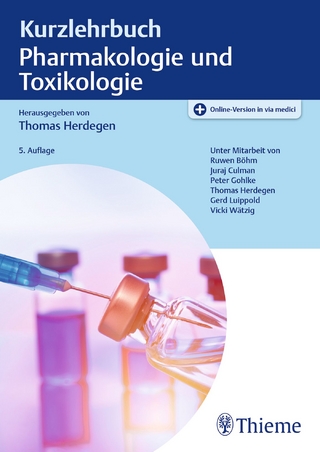
Pharmacodynamic Models of Selected Toxic Chemicals in Man
Kluwer Academic Publishers (Verlag)
978-0-85200-953-6 (ISBN)
- Titel ist leider vergriffen;
keine Neuauflage - Artikel merken
4 Review of Recent Literature.- 4.1 Arsenic.- 4.2 Beryllium.- 4.3 Cadmium.- 4.4 Lead.- 4.5 Nickel.- 4.6 Chromium.- 4.7 Asbestos.- 4.8 Benzene.- 4.9 Vinyl chloride.- 4.10 Benzidine.- 4.11 Carbon tetrachloride.- 4.12 Methyl iodide.- 4.13 References.- 5 Model of GI Tract.- 5.1 Introduction.- 5.2 Physiology and anatomy of the GI tract.- 5.3 Gastrointestinal transit.- 5.4 Absorption and retention of material by the intestinal wall.- 5.5 Modelling retention in the gastrointestinal tract.- 5.6 References.- 6 Modelling the Deposition and Retention of Particulate Materials in the Lung.- 6.1 Introduction.- 6.2 The anatomy and physiology of the respiratory tract.- 6.3 Deposition.- 6.4 Clearance.- 6.5 Model structure.- 6.6 References.- 7 Method of Calculation.- 7.1 General description of the model.- 7.2 The computer code MOSAIC.- 7.3 The computer code GRAPH.- 7.4 References.- 8 Implications of Different Regions of Exposure.- 8.1 Description of the exposure regimes.- 8.2 Discussion of results.- 8.3 References.- 9 Conclusions and Recommendations.- 10 Acknowledgements.- Appendices.- A Computer programs for evaluating the implications of different exposure regions.- B Graphical output of simulations of the model.
| Erscheint lt. Verlag | 31.10.1986 |
|---|---|
| Zusatzinfo | X, 418 p. |
| Verlagsort | Dordrecht |
| Sprache | englisch |
| Gewicht | 820 g |
| Themenwelt | Medizin / Pharmazie ► Medizinische Fachgebiete ► Pharmakologie / Pharmakotherapie |
| Medizin / Pharmazie ► Pharmazie | |
| Studium ► 2. Studienabschnitt (Klinik) ► Pharmakologie / Toxikologie | |
| ISBN-10 | 0-85200-953-4 / 0852009534 |
| ISBN-13 | 978-0-85200-953-6 / 9780852009536 |
| Zustand | Neuware |
| Haben Sie eine Frage zum Produkt? |
aus dem Bereich


